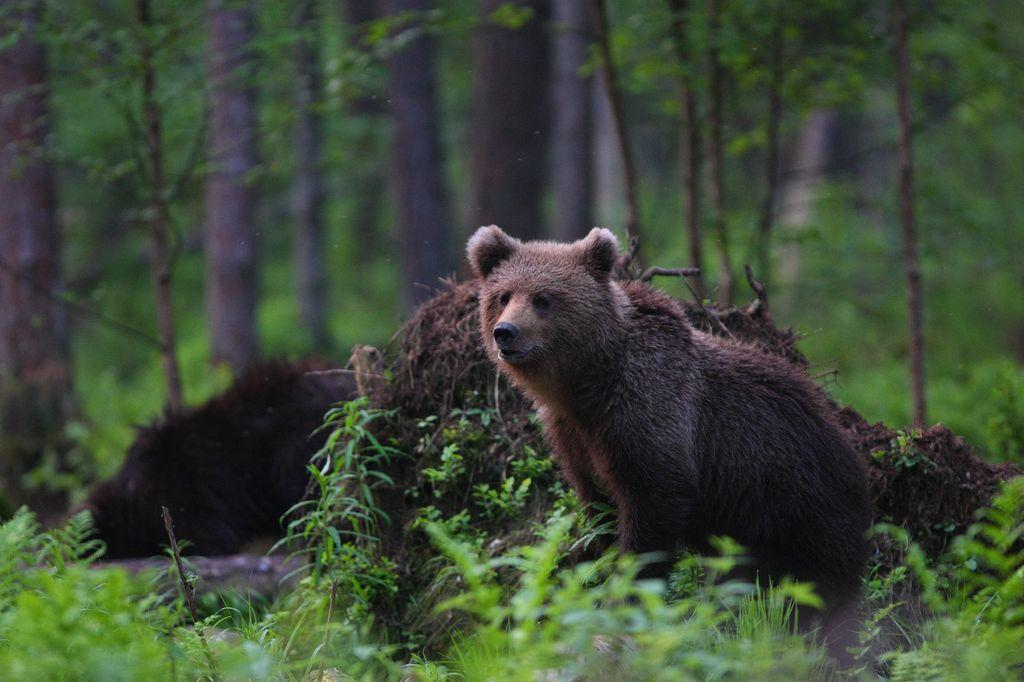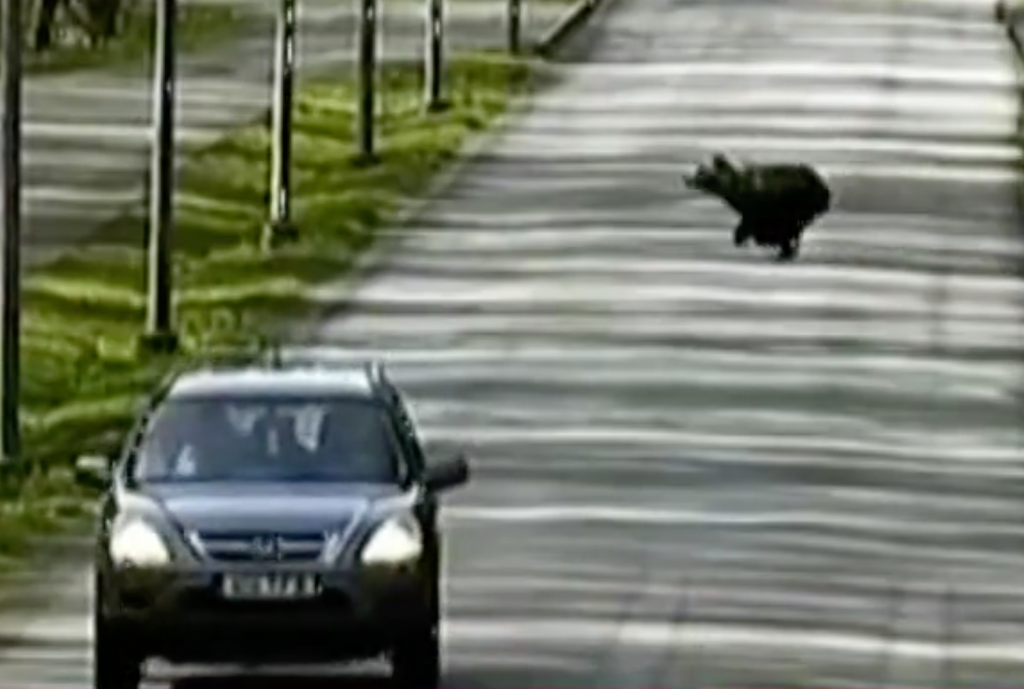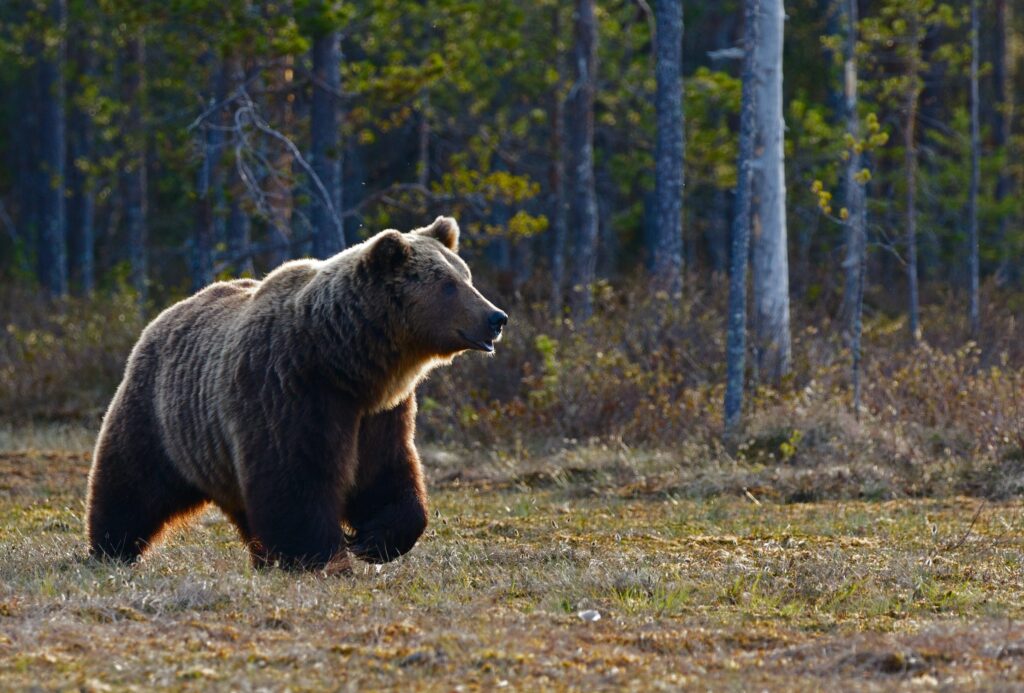The bear hunting season, which began in Estonia on 1 August, has started vigorously, and as of 9 August, 31 bears have already been killed.
According to the Estonian Hunters’ Association, the largest numbers of bears have been slaughtered in Lääne-Viru and Ida-Viru counties, where seven and six bears have been killed, respectively. The figure stands at six in Tartu County, four in Järva County, three in Jõgeva County, two each in Harju and Pärnu counties, and one in Rapla County.
The bear culling quota for this season is up to 96, which accounts for around 10 per cent of the bear population and is also close to the annual increase.
The quotas are 11 for Harju County, 15 for Ida-Viru County, 13 each for Jõgeva and Järva counties, one for Lääne County, 16 for Lääne-Viru County, two for Põlva County, five for Pärnu County, three for Rapla County, eight for Tartu County, one for Valga County, seven for Viljandi County and one for Võru County.

Hunting is only allowed exceptionally
According to the Environment Agency’s monitoring data, there are approximately 900 to 950 bears in Estonia, and the bear population has been on the rise for the last 15 years. However, the increase in numbers is accompanied by some challenges – bears cause damage to beekeepers and farmers, encounters with humans have significantly increased, and young bears increasingly wander into settlements. Until last year, there was also an upward trend in damage incidents caused by bears.
Bears are a strictly protected species and hunting them is allowed only exceptionally to prevent damage and ensure safety, provided there are no alternative solutions and the favourable status of the population is maintained. While beehives can be protected with proper fencing, controlled hunting is considered justified to prevent risks stemming from a large bear population.

The Environment Agency sets bear hunting culls based on the bear population and the large carnivore protection and management plan. The latter stipulates that the number of litters with cubs must be at least 70. In 2022, there were 96 litters, the highest in the past 20 years.
In determining hunting quotas, consideration is given to damage cases caused by predators, preventive measures used in damage cases, and the views of interest groups and local hunting associations.
The culling season runs the three months from August to October.
Read also: Bears wandering in Tallinn

